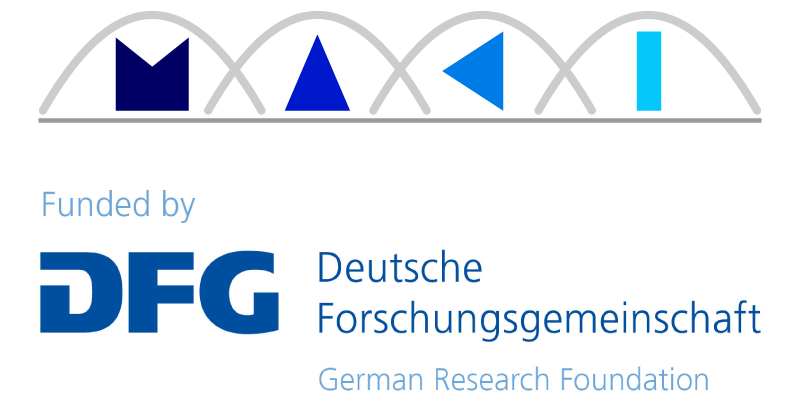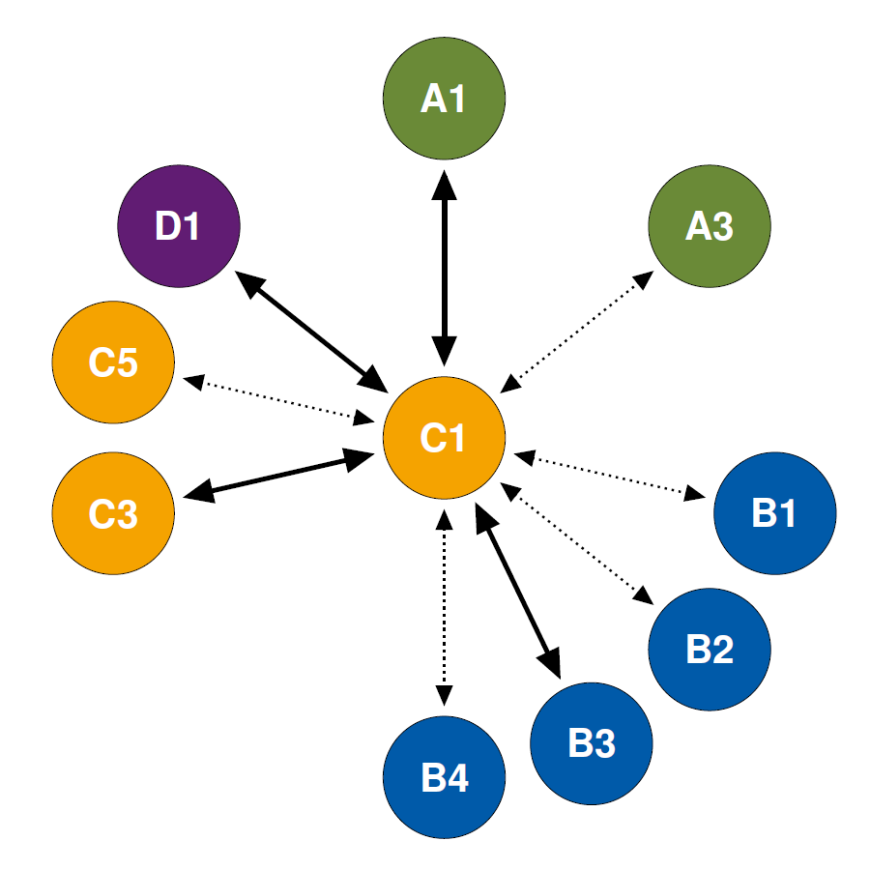In phase I, network support structures and a transition-enabled optimization framework were designed to find the optimal mechanism combination at the lower PHY, MAC, and NET layers, taking into account the application. Phase II focused on coexistent multi-mechanisms, proactive transitions, and software-defined communication systems. New methods were designed to allocate communication resources for base station-to-device (radio access network), base station-to-base station (backhaul), and device-to-device (D2D) links. For example, transitions between radio access network and backhaul links were explored for millimeter-wave systems. Software-defined mechanisms were also used. Furthermore, new methods for transitions between radio access network links and different modes of D2D links were proposed. For vehicle-to-infrastructure communications, methods for proactive transition between optimal beamforms were developed. In addition, novel methods have been designed to enable very fast distribution of control information in multihop wireless networks exploiting concurrent transmissions to support transitions. In all scenarios considered, transitions have led to significant performance improvement.
Phases I and II mainly explored the allocation of communication resources. In phase III, the net-centric perspective is extended to the joint management of all important resources in wireless networks, i.e., in addition to communication resources, computing and caching resources at the edge of the network are also included. State-of-the-art resource management methods are typically based on averages. However, future applications with mission-cruical requirements will need performance guarantees that go beyond this to meet stringent latency and resiliency requirements under dynamically changing conditions. In particular, novel resource management methods are needed that incorporate both the percentiles and edges of the underlying distribution. In addition, these novel methods should be able to handle rare events that may occur due to fluctuations in traffic as well as changes in the wireless environment. Subproject C1 aims at implementing different kinds of statistical performance guarantees. On the one hand, the risk of violating a requirement can be limited to a predefined probability by means of so-called safe transitions. On the other hand, worst-case approaches can be used to fulfill performance guarantees within predefined quantiles. For this purpose, the specific characteristics of the different existing radio access technologies must be included in the joint planning and allocation of communication, computing and caching resources, and suitable transitions must be designed. The goal is to better implement performance guarantees by balancing between all three resource types and through transitions.
Furthermore, the uncertainties resulting from the fact that only partial knowledge about the available resources and framework conditions is available are to be included. Such uncertainties arise, for example, when interacting with non-transition-capable communication systems or communication systems under external control, since their states and decision strategies are not known and even with the help of measurements only the effects of these states and decision strategies can be observed. Consequently, resource management can only be performed based on the limited existing knowledge. To this end, new methods, such as Federated Reinforcement Learning, will be extended and used. These methods allow collaborative learning without a central authority in the presence of limited local knowledge and enable flexible adaptation to system dynamics. New methods for explicit and implicit interaction between different wireless communication systems to perform collaborative transitions will be proposed. Analogous to phases I and II, the approaches are based on optimization or reinforcement learning. Validation is performed analytically, via simulation and experimental evaluation in the MAKI Software-defined Wireless Network (SDWN) testbed.
Within the CRC MAKI, subproject C1 thus explores transition solutions in wireless networks at the edge of the Internet that enable guarantees and operate under uncertainty. This is an important prerequisite for optimally operating transition-capable communication systems in an end-to-end view together with the other MAKI subprojects.








